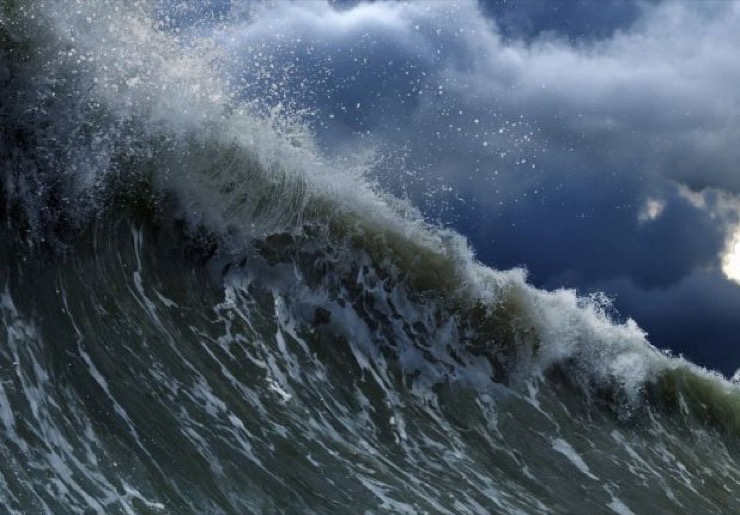
Fisherman Wakes Up To Violent Waves Before Encountering Largest Tsunami
Tsunamis caused by submarine (below water) and subaerial (above the water) landslides are a serious hazard in bays and fjords of coastal Alaska, particularly in Southeast and Southcentral Alaska. This region has a long history of tsunami waves generated by submarine and subaerial landslides, avalanches, and rockfalls.
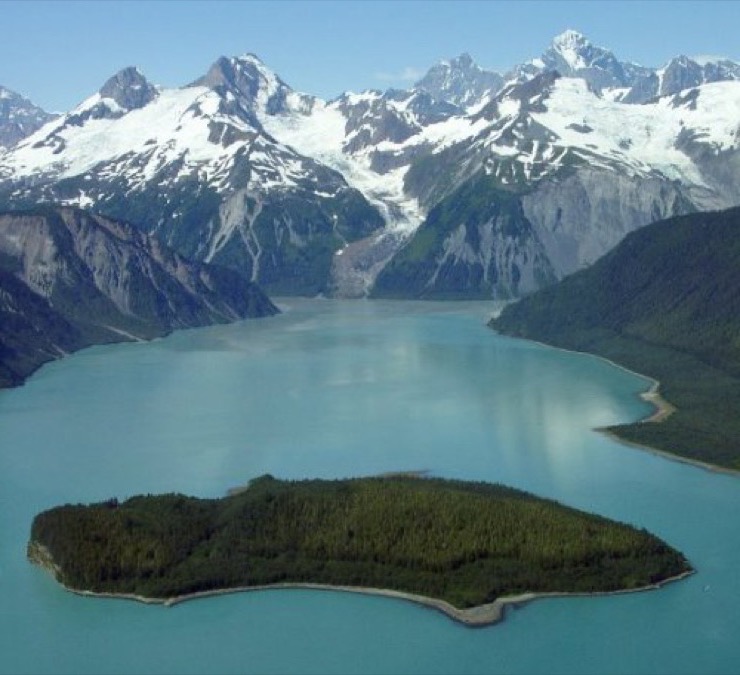
Fisherman Wakes Up To Violent Waves Before Encountering Largest Tsunami
Arctic & Northern History Dateline: February 7, 2020. On the night of July 9, 1958, an earthquake along the Fairweather Fault in Alaska loosened about 40 million cubic yards of rock about 3,000 feet above the northeastern shore of Lituya Bay. This landslide created a local tsunami that washed away pretty much everything - soil and vegetation.

Damage From 1958 Lituya Bay Tsunami Photograph by Us Geological Survey
On July 9, 1958, a mega-tsunami created the biggest wave ever recorded at Lituya Bay in Alaska.The largest tsunami of modern times produced a massive wave th.

Lituya Bay Before 1958 Tsunami Photograph by Us Geological Survey
Abstract. The 1958 Lituya Bay landslide-generated mega-tsunami is simulated using the Landslide-HySEA model, a recently developed finite-volume Savage-Hutter shallow water coupled numerical model. Two factors are crucial if the main objective of the numerical simulation is to reproduce the maximal run-up with an accurate simulation of the inundated area and a precise recreation of the known.
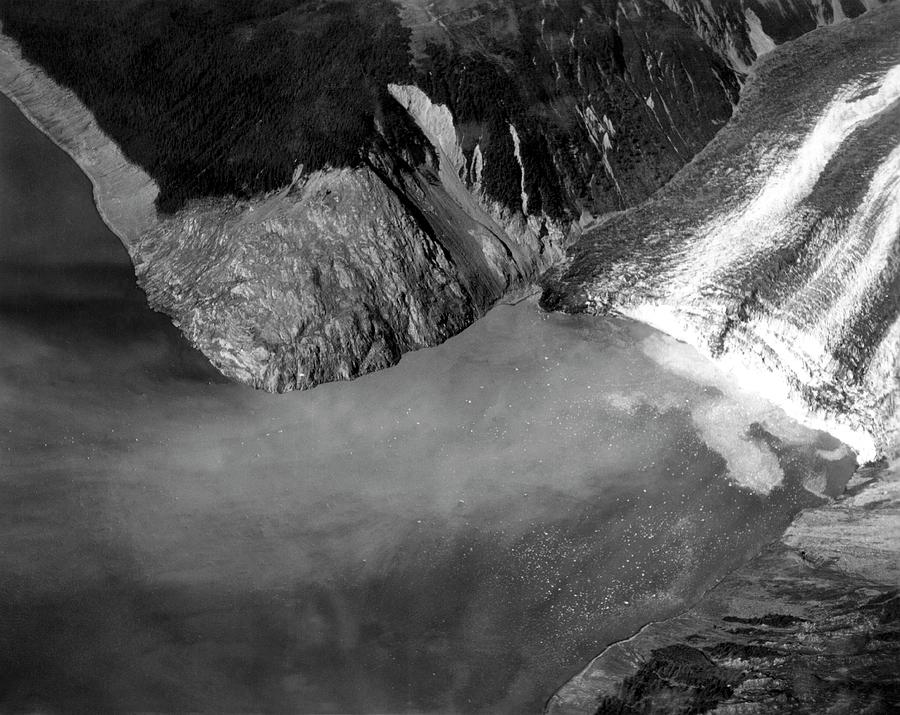
Damage From 1958 Lituya Bay Tsunami Photograph by Us Geological Survey
0:00 / 6:47 On the evening of July 9, 1958 a wave 1720 feet tall rocketed through Lituya Bay in Alaska and demolished all previous records for the world's tallest wave.S.

Madamwar Lituya Bay Alaska Tsunami Video
A tsunami with a record run-up height of 1720 feet occurred in Lituya Bay, Alaska Lituya Bay: The photo above shows Lituya Bay, from an aircraft over the Gulf of Alaska. The landslide that triggered the tsunami originated from the top of the steep cliffs along the far left side of the bay.
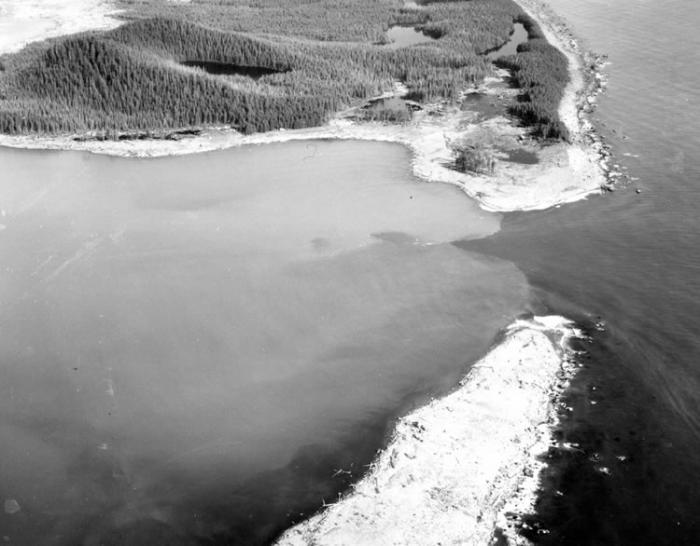
Lituya Bay Wave Damage Extent
1958 Lituya Bay Tsunami Description On July 10, 1958, a magnitude 7.7 earthquake occurred on the Fairweather Fault in southeast Alaska. It caused significant geologic changes in the region, including areas that experienced uplift and subsidence.

Lituya Bay 50 years on The Landslide Blog AGU Blogosphere
Lituya Bay's second-biggest tsunami on record hit on October 27, 1936. Eyewitnesses described three giant waves rolling in from Crillon Inlet one after the other at speeds around 22 mph [ PDF ].

Lituya Bay tsunami What happened when a megatsunami hit Alaska in 1958
July 13, 2018 Lituya Bay A flying boat dropped Paddy Sherman's mountaineering expedition at Lituya Bay on June 17, 1958. Over the next three weeks, the climbers made the second ascent of Mount Fairweather, a first ascent of an unnamed peak, and had come within 200 feet of the first ascent of Mount Lituya.
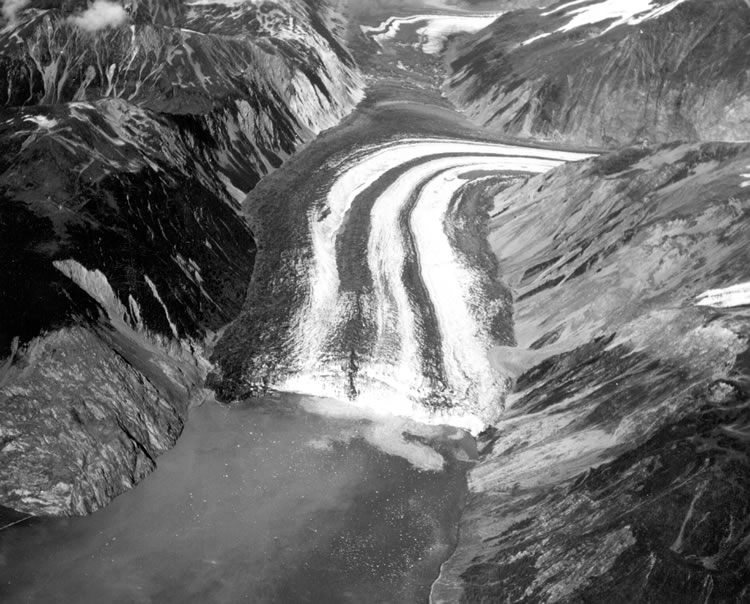
World's Biggest Tsunami 1720 feet tall Lituya Bay, Alaska
Lituya Bay ( / lɪˈtjuːjə /; Tlingit: Ltu.aa, [1] meaning 'lake within the point') [2] is a fjord located on the coast of the south-east part of the U.S. state of Alaska. It is 14.5 km (9 mi) long and 3.2 km (2 mi) wide at its widest point. The bay was noted in 1786 by Jean-François de Lapérouse, who named it Port des Français.
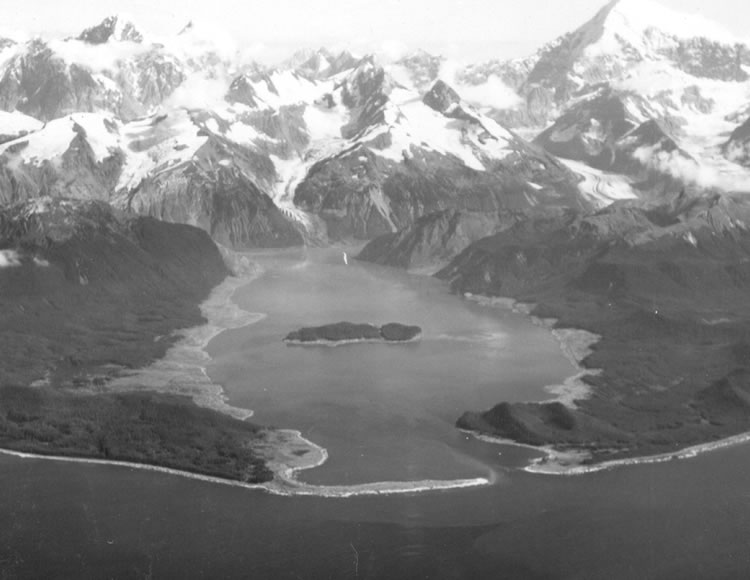
World's Biggest Tsunami 1720 feet tall Lituya Bay, Alaska
In fact, the largest tsunami wave ever recorded broke on a cool July night in 1958 and only claimed five lives. A 1,720 foot tsunami towered over Lituya Bay, a quiet fjord in Alaska, after an earthquake rumbled 13 miles away. This massive tremor triggered around 30.6 million cubic meters of rock to fall 3,000 feet into the Lituya Glacier.
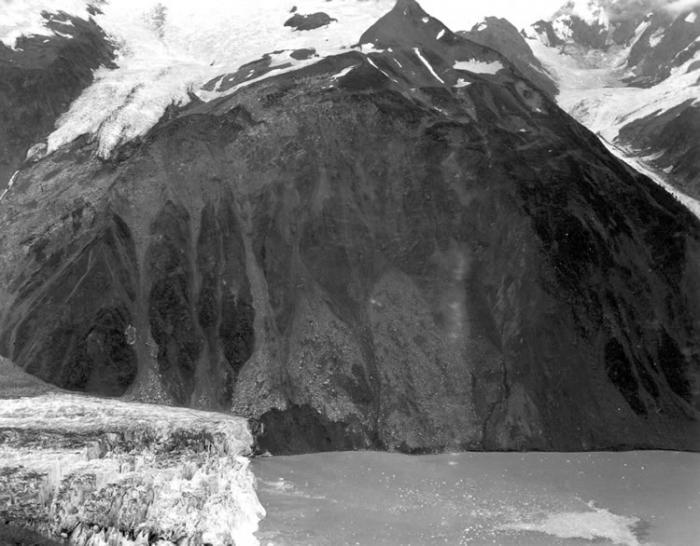
Lituya Bay Wave Damage Extent
In 1899, an earthquake triggered a giant wave that destroyed a native village and drowned 5 people on the island. Another tsunami wave hit in 1936. But it was in 1958 that Lituya Bay's unpredictable waters reared up in a truly apocalyptic fashion. After a 7.8 earthquake throttled the nearby Fairweather Fault, a rockslide sent 90 million tons.

The most powerful earthquakes in U.S. history
Abstract. The remarkable story of the highest tsunami waves ever accurately measured relates the legend of the native Tlingit tribe inhabiting Lituya Bay, Alaska, telling of a monster who grabs and shakes the surface of the sea, and the European discovery of the bay in 1786 by the French explorer La Perouse with tragic consequences.

Damage from 1958 Lituya Bay tsunami Stock Image C004/6605 Science
At 10:15 p.m. on July 9, 1958, the Great Alaska Earthquake shook the hell out of the Gilbert Inlet. It occurred when the Fairweather fault slipped, triggering an earthquake that measured 7.8 to 8.3.
Madamwar Lituya Bay Alaska Tsunami Death Toll
A detailed analysis of the Lituya Bay tsunami event (1958, Alaska, maximum recorded run-up of 524 m a.s.l.) is presented. A focus is put on the tsunami formation and run-up in the impact area.
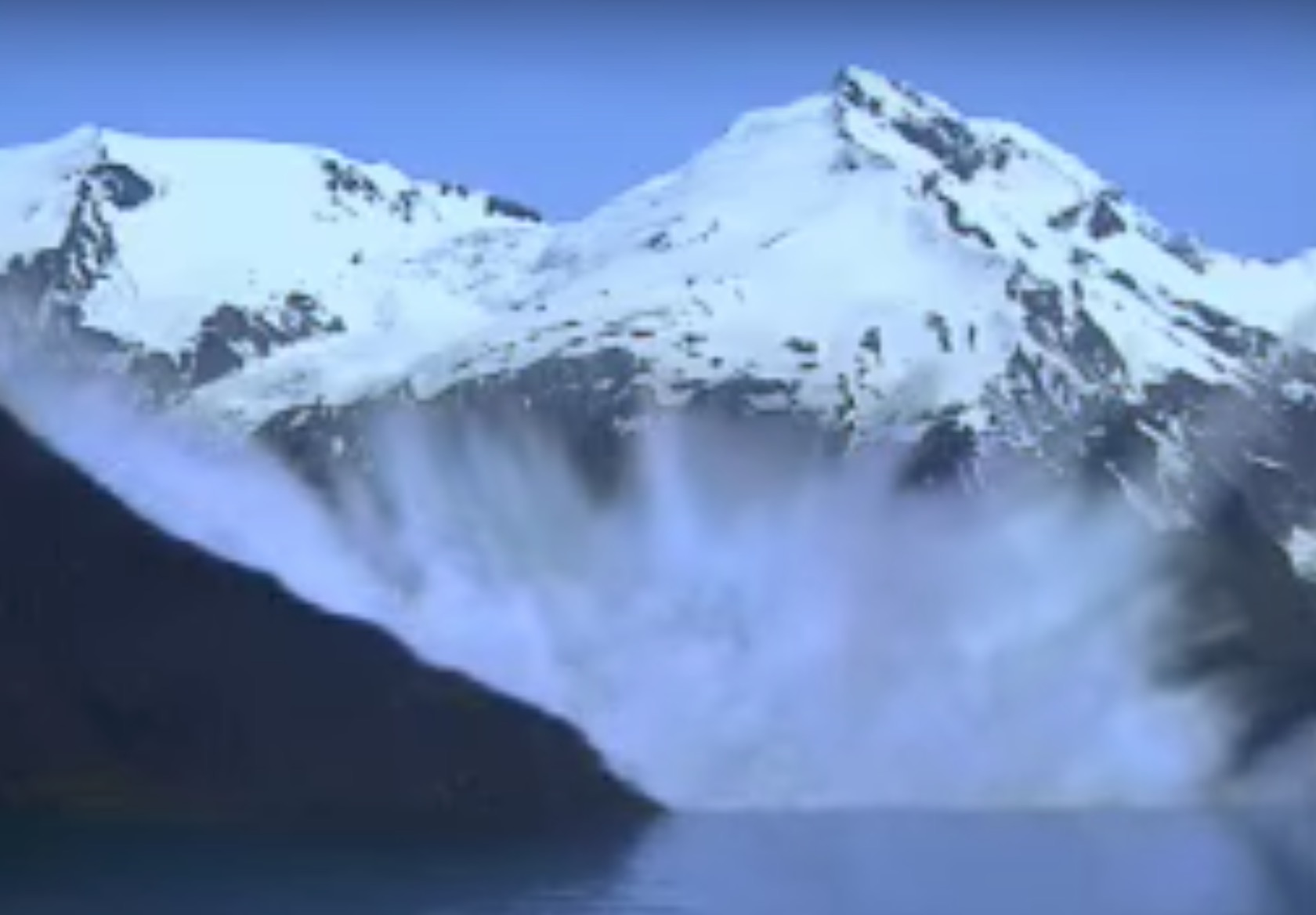
That Time The World’s Tallest ‘Mega Tsunami’ Rammed Into Alaska’s
Scientists uncover evidence of disastrous damage to the coastline at Lituya Bay. Analysis of tree rings from the tree trim line show evidence of an impossibl.